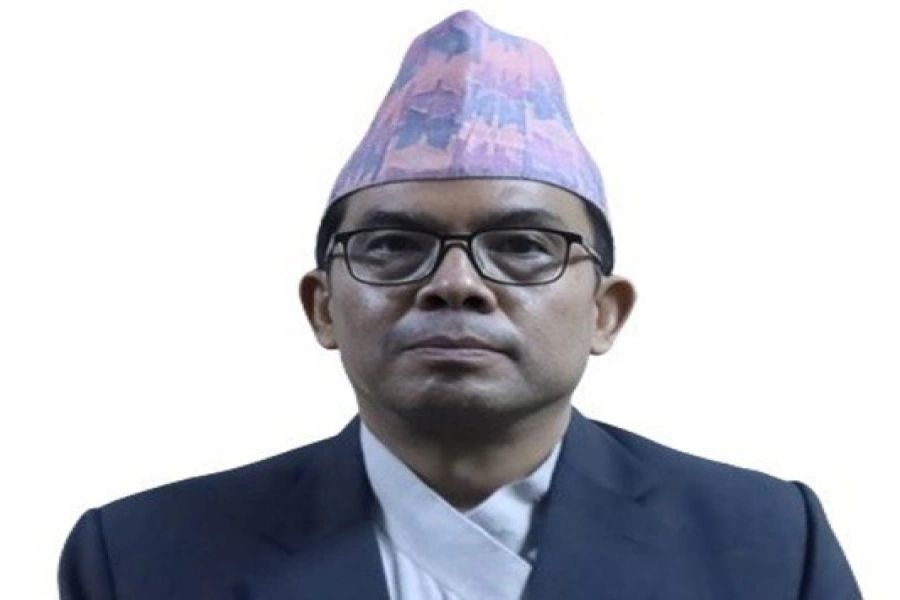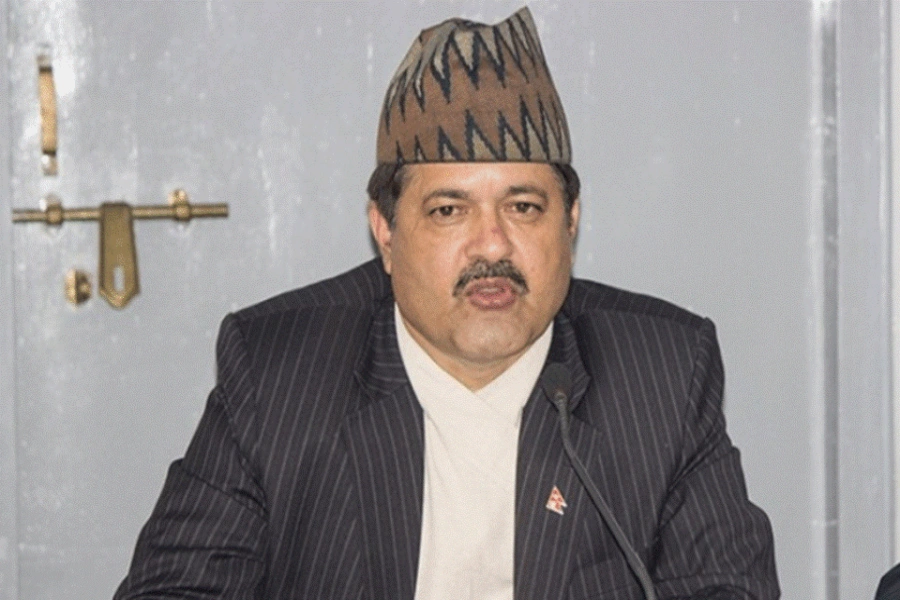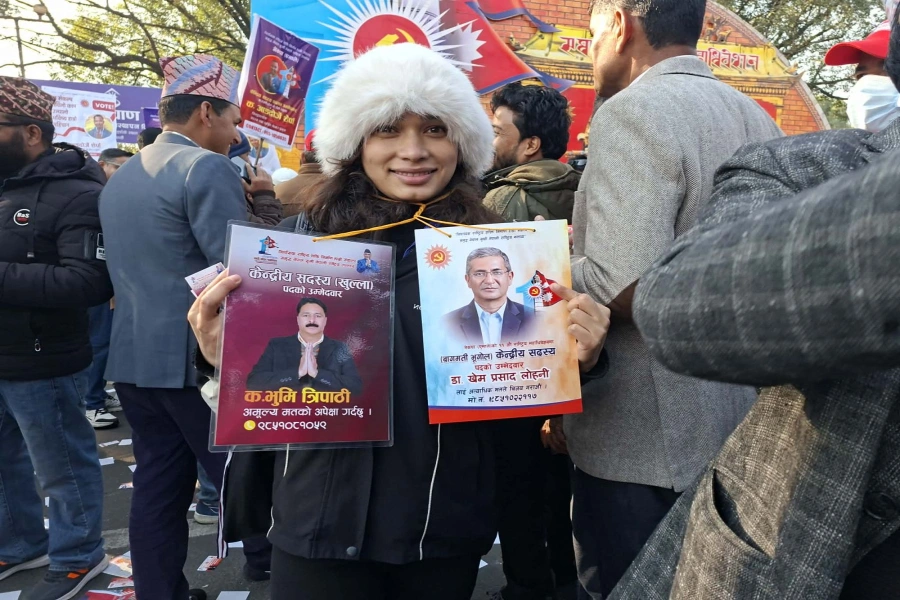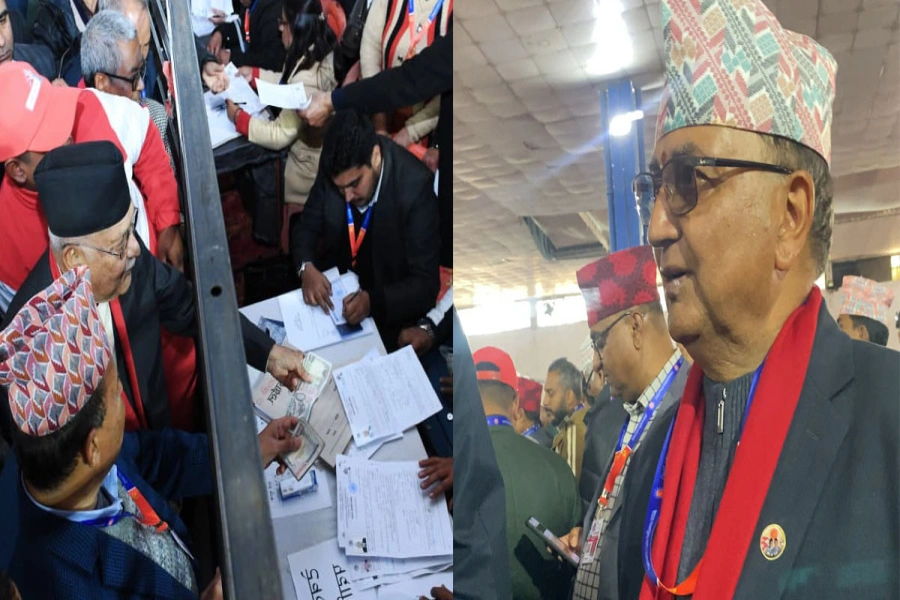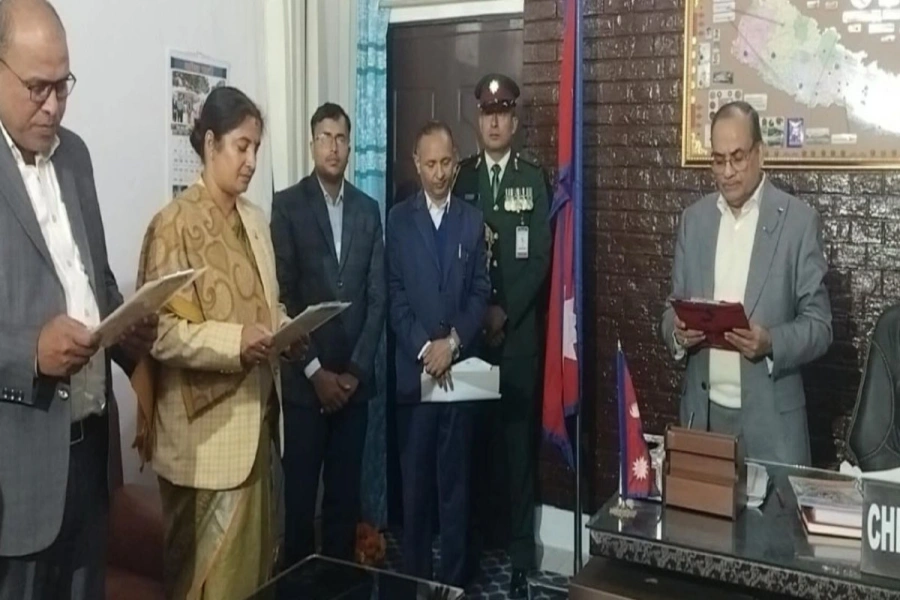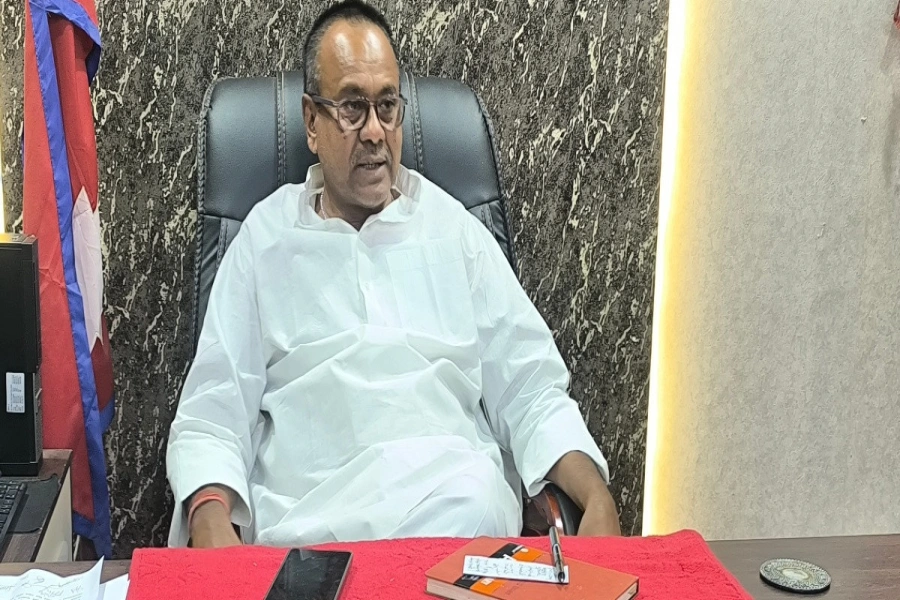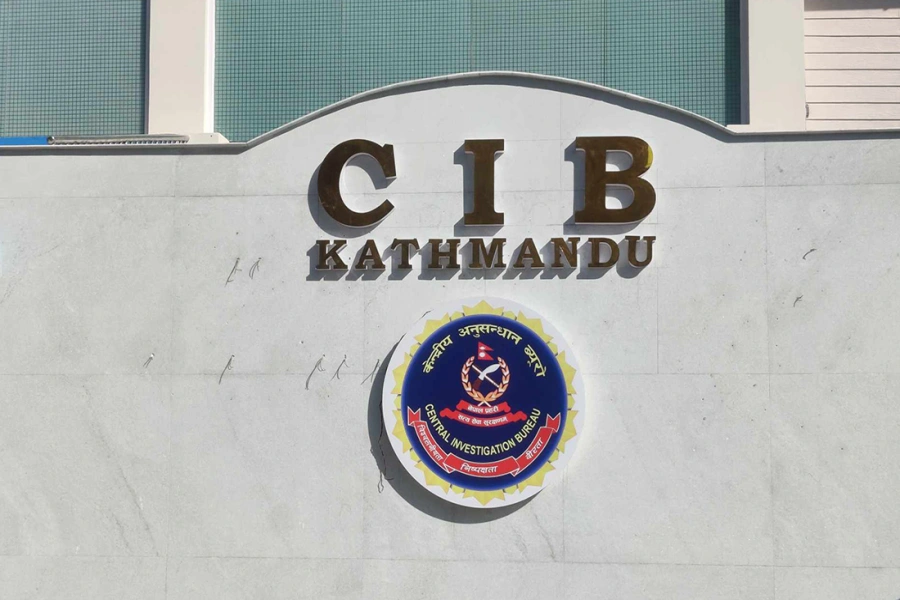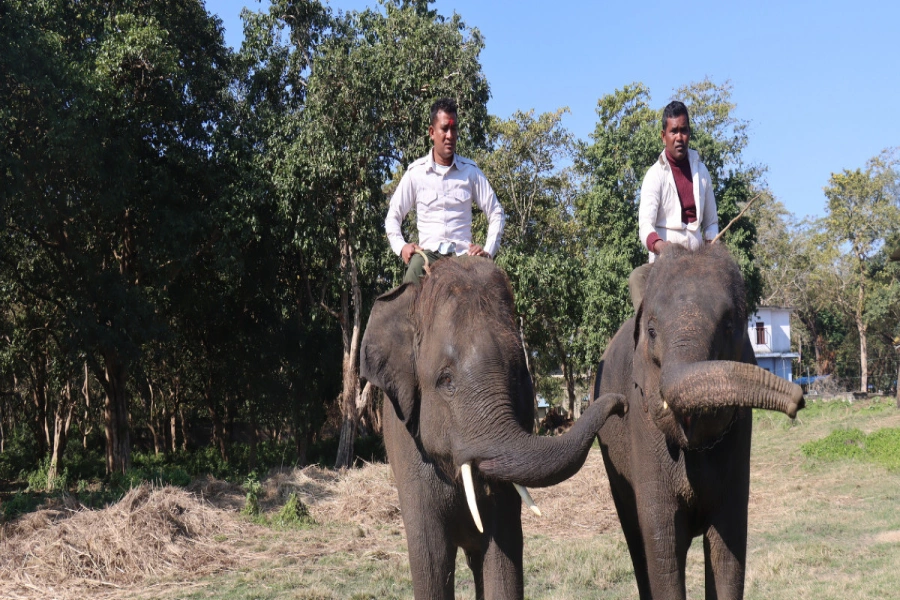Our country Nepal is endemic for eight neglected tropical diseases which are lymphatic filariasis, trachoma, kala-azar, leprosy, soil-transmitted helminth infections, dengue, rabies, and cysticercosis. Snake bite venoming is an important NTD in Nepal whose morbidity and mortality burden in the country exceeds the collective burden of NTDs in Nepal.
Amidst the increasing cases and changing variants of COVID-19, there is also a risk of tropical diseases. The world is busy tackling the cases of COVID-19 and rapidly working toward its prevention and control. Neglected Tropical Diseases (NTDs) seem under shadow but are quietly breeding millions of deaths worldwide. NTDs threaten over 1.7 billion people living in the poorest and marginalized areas of the world. NTDs like Leishmaniasis, Leprosy, Lymphatic Filariasis, Scabies, etc. are highly prevalent in many parts of the world.
Almost all low–income countries are affected by at least five neglected tropical diseases and most of these diseases are because of unsafe water, poor housing conditions, an abundance of disease vectors, and poor sanitation. Long-term disability and the fear of social stigmatization make the suffering of these diseases extremely difficult. These diseases not only deprive the marginalized population of living a healthy and productive life but also take their chances from necessities like earning a living, going to schools, and even being accepted in the family or community. It traps the underprivileged more and more in a cycle of poverty and diseases.
Govt-owned Sukraraj Tropical and Infectious Diseases Hospital d...

Our country Nepal is endemic for eight NTDs which are lymphatic filariasis, trachoma, kala-azar, leprosy, soil-transmitted helminth infections, dengue, rabies, and cysticercosis. Snake bite venoming is an important NTD in Nepal whose morbidity and mortality burden in the country exceeds the collective burden of NTDs in Nepal.
Nepal made a breakthrough progress in achieving the elimination of trachoma in 2018 and it is on track to eliminate Lymphatic Filariasis by 2026. Our country is progressively working toward the control and prevention of the NTDs. For example all endemic districts completed the Mass Drug Administration (MDA) for lymphatic filariasis in 2018. The rapid diagnostic tests for dengue vectors have been supplied and destruction of dengue vector larvae has been carried out in 34 different endemic districts. The registered prevalence cases of Leprosy is below the cut-off point set by WHO i.e. 0.99 cases per 10,000 population which is pretty good. Implementation of Health Management Information System (HMIS) and Early Warning and Reporting System (EWARS) for surveillance of Kala-azar for active case detection is being used widely. The government of Nepal (GoN) has also established the NTD Steering Committee and Technical Working Group (TWG) for the management of NTDs in Nepal. Despite all the efforts, we still have a long way to go to control the NTDs in the country to meet the targets set by WHO.
World Neglected Tropical Diseases Day brings together civil society advocates, community leaders, global health workers, and policymakers working across the diverse NTD landscape and unifies the world towards a common goal i.e. to face NTDs and end the neglect. World NTD Day 2022 is being celebrated on January 30 across the world this year with a common goal “Achieving health equity to end the neglect of poverty-related diseases”.
The overarching global targets of WHO include 90% reduction in the number of people requiring treatment for NTDs;75 % reduction in DALYs (Disability Adjusted Life Years)related to NTDs; at least 100 countries eliminating at least one NTD and the eradication of two diseases(dracunculiasis and yaws) WHO framework for monitoring progress towards Universal Health Coverage and at country and global levels for two targets to be reached by 2030: (1) a minimum of 80% health care services coverage (2)100% financial protection from out-of-pocket payments for health services. The end of NTDs is embedded with the Sustainable Development Goals (SDGs) for 2030 with the promise to leave “No one behind.”
WHO recommends five interventions for the control, prevention, and elimination of NTDs: preventive chemotherapy by mass drug administration, innovative and intensified disease management, vector ecology and management, veterinary public health services, and the provision of safe water, sanitation, and hygiene .
WHO has introduced the new roadmap for NTDs 2021-2030 which outlines disease-specific and cross-cutting targets and strategies. It addresses critical gaps across multiple diseases by integrating and mainstreaming approaches and actions within national health systems. It is built on three pillars that will support global efforts to control, eliminate, and eradicate NTDs. Pillar 1 accelerates programmatic action; Pillar 2 intensifies cross-cutting approaches and Pillar 3 changes operating models and culture to facilitate country ownership.
In order to meet the targets set by WHO, Nepal needs to strengthen the index case and contact surveillance. Nepal also needs to enhance recording and reporting systems to facilitate the provision and control of equipment for prevention, control and elimination of NTDs. Education and awareness among the high-risk population should be circulated by various means. National law and strategies should be implemented at the local, provincial and district levels. An integrated approach should be done from all levels of management.
The Secretary-General of the United Nations said, “We shall not defeat any of the infectious diseases that plague the developing world until we have also won the battle for safe drinking water, sanitation, and basic health care.”






